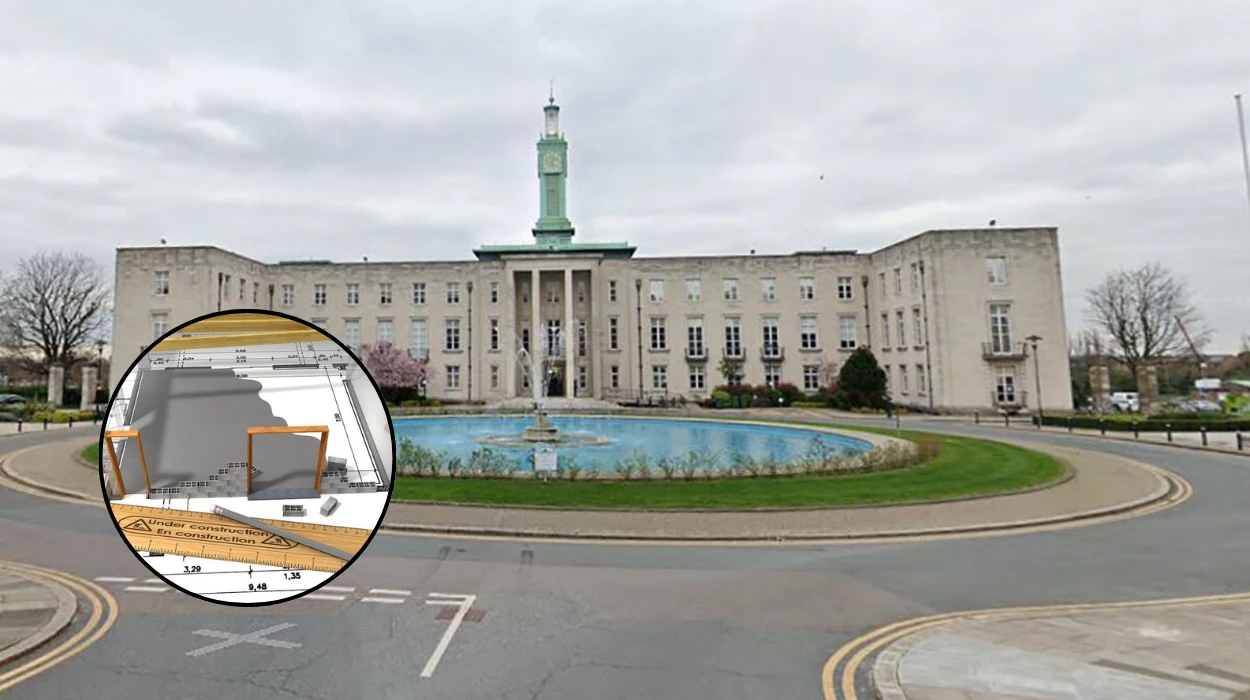Key Points
- Waltham Forest Council has recently validated numerous planning applications covering a range of residential and commercial developments.
- Applications include single-storey rear extensions, dormer roof extensions, wraparound extensions, change of use to residential flats, and condition submissions related to ongoing developments.
- Notable locations include Chingford, Leytonstone, Forest Gate, Walthamstow, Leyton, and Woodford Green.
- The council continues to encourage community involvement through public notices and an online planning register.
- Recent approvals include roof extensions, residential developments, and changes to property usage, reflecting ongoing growth and urban adaptation in the borough.
- Planning regulations align with sustainability and accessibility efforts, with conditions on construction logistics, environmental management, and carbon emission reductions.
What are the most recent planning applications submitted to Waltham Forest Council?
As reported by Waltham Forest Council documents and planning registers, the latest applications validated span across numerous addresses throughout the borough, such as 32 Hampton Road, Chingford for a single-storey rear extension (Ref. No: 252677), and 75 Lincoln Street, Leytonstone for a dormer roof extension with roof lights (Ref. No: 252675). Other key applications include a single-storey wraparound rear extension at Pevensey Road, Forest Gate (Ref. No: 252674), and a single-storey rear extension at 39 Belgrave Road, Leyton (Ref. No: 252671).
The diversity of applications reflects the varied development needs within the area, ranging from minor residential expansions to more substantial alterations involving multiple floors and roof extensions. For example, 38 Brookfield Avenue, Walthamstow has applications for both prior approval of a rear infill extension and a dormer roof extension with multiple roof lights (Ref. Nos: 252669 and 252668), demonstrating layered property modifications.
Which areas and types of developments are most common in these planning applications?
The applications cover widespread locations including Chingford, Leytonstone, Forest Gate, Walthamstow, Leyton, and Woodford Green. Most developments are residential with frequent proposals for:
- Single-storey rear extensions
- Dormer roof extensions with roof lights
- Wraparound rear extensions
- Conversion of commercial spaces to residential use, for example, at 629 High Road Leytonstone (Ref. No: 252666) and Chingford Hatch Post Office (Ref. No: 2526593)
- Prior approvals for rear extensions with specified maximum heights and eaves
- Submissions related to construction logistics and environmental management for larger developments.
The council also processes condition submissions tied to earlier permissions, focusing on sustainability and building standards, reflecting regulatory oversight on planning details beyond initial approval.
How does Waltham Forest Council facilitate transparency and community engagement in planning?
The council maintains an online planning register accessible to the public, allowing residents to search current and past applications by postcode, street name, or reference number. Furthermore, certain planning applications must be publicised via site notices for a minimum of 21 days, inviting community feedback before approval decisions are finalised.
This engagement mechanism encourages local input on developments affecting neighbourhoods, ensuring planning decisions consider community perspectives and concerns. Residents can also comment on proposals directly through the council’s planning portal or third-party platforms like LandCycle, which offer alert services for new applications in specified areas.
What conditions are attached to recent planning permissions to ensure responsible development?
Recent planning approvals have included a variety of conditions to safeguard environmental quality, community well-being, and sustainability goals. These conditions typically require:
- Detailed Construction Logistics Plans to manage traffic and minimise disruption.
- Construction Environmental Management Plans to reduce environmental impact during building.
- Specifications on window reveals, sills, and materials to maintain architectural character.
- Sustainable Urban Drainage Systems to handle stormwater.
- Carbon emission reduction commitments and contributions to a Carbon Offset Fund.
- Provisions for biodiversity net gain and habitat monitoring.
- Accessibility features in residential developments to support adaptable and wheelchair-user units.
Such conditions reflect Waltham Forest Council’s alignment with modern planning priorities mandating sustainable, inclusive, and responsible neighbourhood growth.
What are some notable examples of recent planning approvals by Waltham Forest Council?
As recorded in the Planning Committee meeting of 14 October 2025, among the approved applications were:
- A roof extension in Woodford Green.
- A residential development in Walthamstow designed to expand housing stock.
- A change of use of a Leyton property into a children’s care home, highlighting the Council’s support for community services.
The committee’s deliberations underscored the balance between development pressures and maintaining local character, with careful review of objections and planning policy conformity. Financial contributions towards carbon offsetting and habitat enhancement were also stipulated, evidencing the Council’s commitment to environmental stewardship in new developments.
How can residents stay updated on planning developments in Waltham Forest?
Community members can use the council’s online planning register or third-party services like LandCycle that allow for tailored searches and notifications. Additionally, subscription to council updates and monitoring site notices at proposed development sites help residents remain informed and involved in shaping their local environment.
Waltham Forest Council’s ongoing transparency and public engagement efforts aimed at enhancing accessibility to planning information empower residents to participate actively in the growth and change of their borough.
